The Reality of Back Pain: Movement Wins, Not Massage
Back pain is one of the most common reasons people seek treatment — and it’s no surprise. When your back aches, the instinct is to rub it, stretch it, or book a massage.
But what if that approach is only part of the story?
A new 2025 meta-analysis (Baroncini et al., Journal of Orthopaedics and Traumatology) examined nearly 2,800 people with chronic low back pain. The results were clear:
Active therapies — exercise, strengthening, and movement — provided better results for both pain and disability than massage, manipulation, or combination treatments.
In other words, your body responds best to what it does — not what’s done to it.
What the Study Found
Researchers compared three approaches:
Active Therapy: Exercise, strengthening, stretching, Pilates, movement re-education.
Passive Therapy: Massage, manipulations, acupuncture, electrotherapy.
Combination Therapy: A mix of both.
Their conclusion?
Active therapy achieved the best and most consistent outcomes.
Passive and combination therapies showed temporary relief, but active approaches produced longer-lasting improvements in mobility, strength, and pain tolerance.
Why Active Therapy Works
The body adapts to load, not rest. When you move, your muscles, tendons, and nervous system learn to handle stress better — a process known as mechanotransduction.
Movement promotes circulation, reduces sensitivity, and helps restore confidence in how your back moves.
Contrast that with purely passive treatments — where something is done to you rather than by you. While they can help short-term (and often feel great), they don’t create lasting change because they don’t challenge your tissues to adapt.
When Passive Therapy Has Its Place
Massage, soft tissue work, or spinal mobilisation aren’t “bad” — they can be useful tools.
At Poseidon Performance, we often use them strategically to calm pain and open a short window for movement.
But that window must lead straight into active rehabilitation — controlled loading, core stability, and progressive strength work.
Otherwise, you risk staying stuck in a cycle of temporary relief and recurring discomfort.
Less Is More: Simplify, Don’t Stack
Many people chase results by layering multiple treatments — massage, dry needling, stretching, manipulation, ultrasound.
The problem? When you try to do everything at once, you never do any one thing well.
Consistency, not variety, drives results.
One clear, progressive plan — built around movement and strength — beats a scattergun mix of passive techniques every time.
What Active Rehab Looks Like at Poseidon Performance
At Poseidon Performance, our back pain programmes focus on progressive movement, strength, and confidence.
We follow a simple framework:
Move – Restore range and reduce fear through guided mobility and low-load drills.
Load – Gradually build strength in key muscle groups (hips, trunk, back extensors).
Condition – Integrate that strength into everyday function and sport.
Clients quickly notice that they not only feel better but also move and perform better — from daily activities to high-level sport.
Movement Is Medicine
So, if you’ve been chasing relief through massage, manipulation, or endless stretching routines — it’s time to rethink your strategy.
Pain might ease for a moment, but lasting recovery comes from movement, muscles, and motivation.
Less rubbing.
More doing.
Your back will thank you.
Call to Action
If back pain has been holding you back, book a one-to-one assessment at Poseidon Performance, Dartmouth.
We’ll help you move better, build confidence, and regain the strength your body was designed for.
